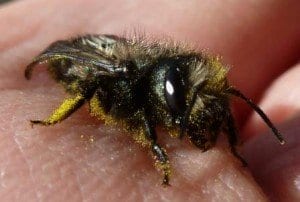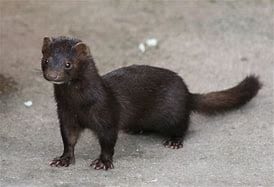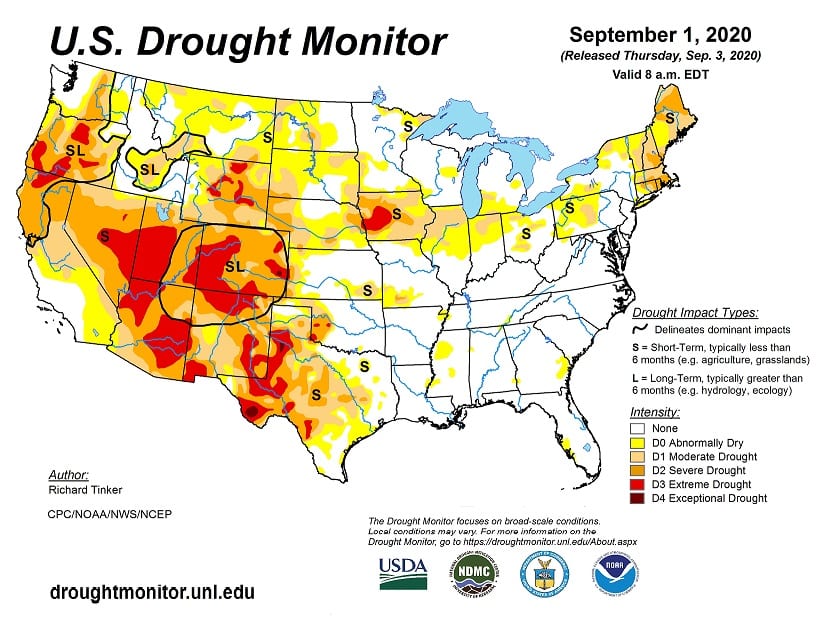
by Debbie Palmer | Apr 5, 2021 | Featured, Lake Info, Water Quality, Watershed
“Eighty percent of pollution to the marine environment comes from the land. One of the biggest sources is called nonpoint source pollution, which occurs as a result of runoff. Nonpoint source pollution includes many small sources, like septic tanks, cars,...

by Debbie Palmer | Apr 1, 2021 | Featured, General, Watershed
Image courtesy of Dave Hunter, Crownbees I am sure you are well aware that across the world pollinators are in trouble. Their decline is attributed to habitat loss, expanded pesticide use, introduction of invasive species, diseases and pests, and climate change....

by Debbie Palmer | Feb 8, 2021 | Featured, General, Water Quality, Watershed
Wetlands are not just puddles or “low spots with some cattails.” They serve a vital role in the environment; flood control, pollution filtering and habitat for wildlife, to name just a few. In order to be considered a wetland, all three of the following...

by Debbie Palmer | Dec 1, 2020 | Featured, General, Water Quality, Watershed
Environmental impacts of winter salt use. Salt used on roadways, sidewalks and parking lots doesn’t just disappear when the snow and ice are gone. The salt is washed away, either into storm drains or through drainage ditches and ultimately into lakes and...

by Debbie Palmer | Oct 7, 2020 | Featured, General, Watershed
I recently had a conversation about a mink sighting along the shoreline. Since this was not the first time the subject of a mink family living at the lake was brought up, and I know next to nothing about mink, I thought I should do some research. European Mink There...

by Debbie Palmer | Sep 9, 2020 | Featured, General, Lake Info, Watershed
We don’t need data from the National Weather Service to know that it is DRY! From brown lawns to desiccated soybean fields to exposed shorelines, everything is parched. We need a good, soaking rain. The forecast looks hopeful for this week. Lake...








Recent Comments